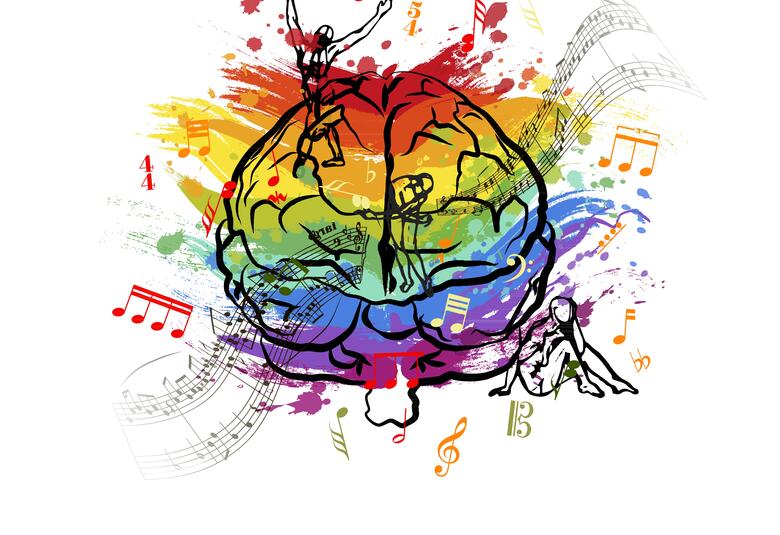It was a great pleasure to attend a keynote address by Professor Jules Angst: one of the key figures in the field of bipolar I disorder research and, this reporter suspects, one of the few delegates at IRPB 2015 famous enough to warrant their own Wikipedia page.
Still pushing the boundaries of research
Now in his 89th year, Professor Angst continued to enhance the understanding of bipolar I disorder with a challenging, thorough and very positively received talk on the proposed concept of “unipolar mania” as a “necessary diagnostic concept”.
DSM-5 and then some
Professor Angst was part of the early committee who helped design the DSM-5 diagnostic criteria. He firmly believes that bipolar I disorders exist as a broad spectrum of mania, with depression as a core feature. However, he believes there is a small but significant class of patients who lie beyond the current DSM-5 spectrum – those who display so-called “unipolar mania” He presented several from around the world in support of this theory.
A class apart
“Unipolar mania” is relatively uncommon, with two separate epidemiological studies of community subjects reporting an incidence of less than 2%.1,2 Patients with “unipolar mania” present with different clinical characteristics to typical bipolar I disorder patients, with an earlier onset, fewer episodes, lower comorbidities, better long-term adjustment and more psychotic features, among other differentiating factors.3
Citing an (astonishing) 50-year epidemiology study, he showed evidence that this putative patient class were significantly longer lived than bipolar I patients: in a cohort of 403 patients followed between 1959 and 2009, mortality in the “unipolar mania” group was 76.7% vs. 89.2% in bipolar-I patients.4 This difference, the Professor postulated, was a result of the lower frequency of suicide and different patterns of substance abuse among this patient class.4
Keeping a future focus
Professor Angst concluded his talk by, in general, speaking positively about the DSM-5 scale but warning against complacency. He encouraged delegates to continue their own research into the diagnosis and treatment of patients with mood disorders – especially into the little-researched field covered in today’s address.
Our correspondent’s highlights from the symposium are meant as a fair representation of the scientific content presented. The views and opinions expressed on this page do not necessarily reflect those of Lundbeck.




